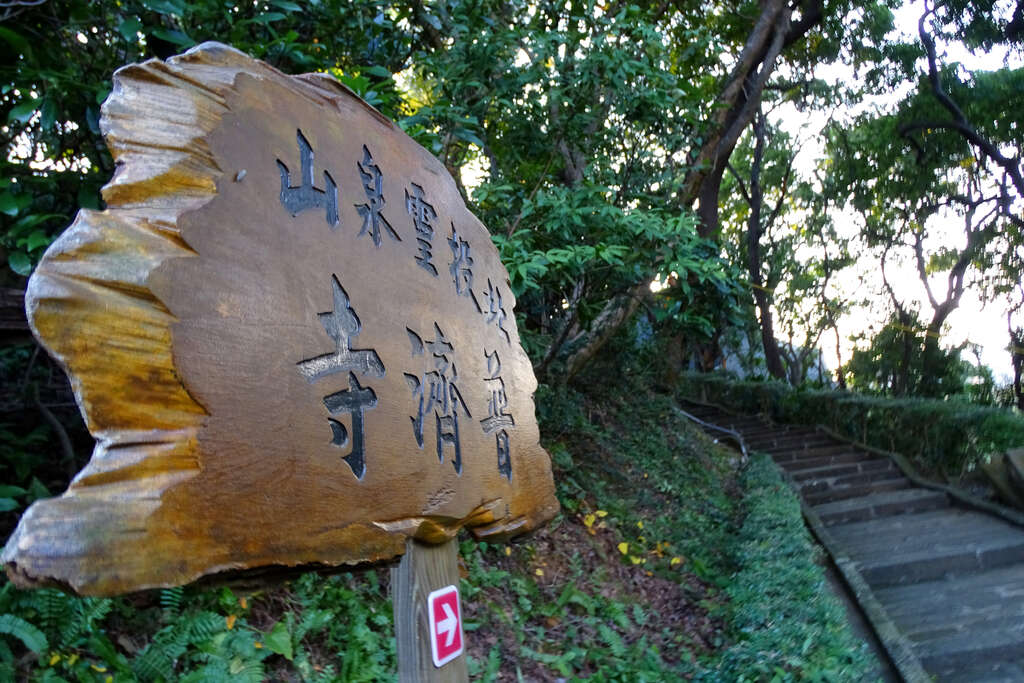Puji Temple, Beitou Introduction
According to the "Treasured Guide to Famous Buddhist Sites in Taiwan" published in 1941 by the Min De Photography Museum in Taipei, Puji Temple and Linji Huguo Zen Temple, both designated as historical sites in Taipei City, serve as missionary locations for the Myoshinji sect of the Linji school. When it was rebuilt in 1934, as most of its congregation were employees of the Transportation Bureau of the Governor-General of Taiwan's Railway Department, it was named "Tetsuma-in" after the posthumous title of Tetsuma Mukai, the head of the Transport Section. A monument was erected inside the temple to commemorate Mr. Tetsuma Mukai. In 1998, it was officially designated as a historical site by the city, and the environment exudes a tranquil and serene atmosphere. The temple prominently features a Japanese architectural style; the main hall is a single-eaved Xieshan-style building that is three bays wide and three bays deep, almost square in shape, with a roof extending outward to form an entrance. The main hall's interior floor is raised and covered with tatami mats, presenting the beauty of a simple yet solemn Japanese temple, with the main hall constructed from fine cypress wood. The temple still retains traditional Japanese worship rituals, differing from the typical Taiwanese worship models. The bell-shaped window next to the main entrance is distinctive, and the entrance features exquisite carvings on the dougong brackets and the rainbow beam, with a plaque inscribed with "Puji Temple" written in the hand of Yan Jiu. Notably, a stone Buddha in the pavilion to the left of the temple, cradling a baby in its left arm and holding a Zen staff in its right, is commonly believed by the public to be "Songzi Guanyin" (the Goddess of Mercy who grants children), while Buddhist practitioners consider it to be the Japanese representation of "Koyasu Bodhisattva," an incarnation of Ksitigarbha Bodhisattva, attracting many devotees seeking offspring. The presence of both Tang Shou Guanyin and Koyasu Bodhisattva has become a major characteristic of the temple.



































